Table of Contents
Introduction to Mustard Varieties
There are six main mustard varieties essential for any kitchen: yellow mustard for classic sandwiches, Dijon for sauces and dressings, whole grain for textured dishes, honey mustard for sweet pairings, spicy mustard for heat, and brown mustard for Indian cuisine. Each type offers unique flavors and uses, making mustard a versatile condiment beyond the basics.
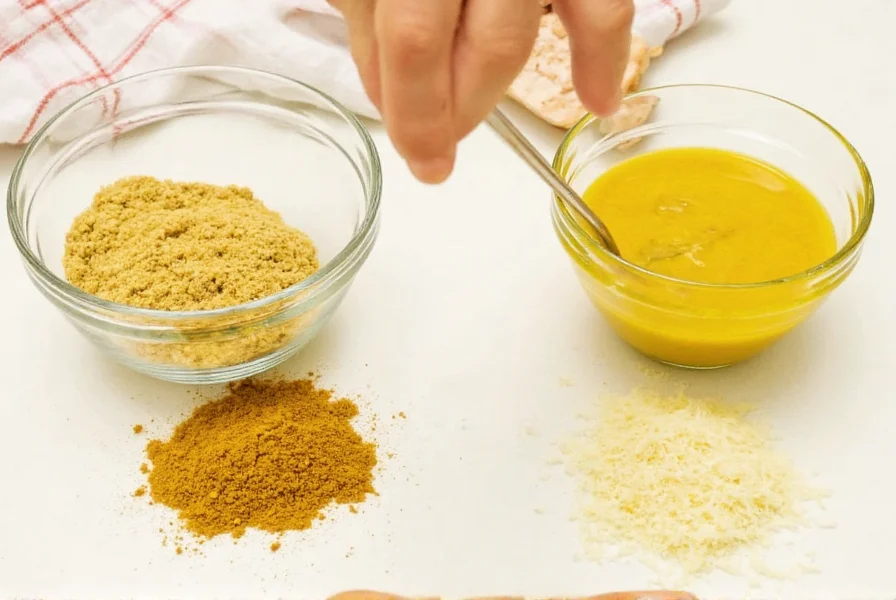
Whether you're making a simple sandwich or preparing gourmet dishes, selecting the right mustard variety can transform your cooking. This guide explains exactly which mustard to use for specific dishes, with practical tips and expert recommendations.
Types of Mustard and Their Best Uses
1. Yellow Mustard (American Mustard)
Made from yellow mustard seeds, vinegar, water, and turmeric for color, this mild tangy mustard is the most common in American kitchens. Its balanced flavor works best with simple dishes where it shouldn't overpower other ingredients.
Best Uses: Hot dogs, burgers, classic sandwiches, potato salad, and as a base for creamy dips. Ideal for children's meals and when you need subtle tang without heat.
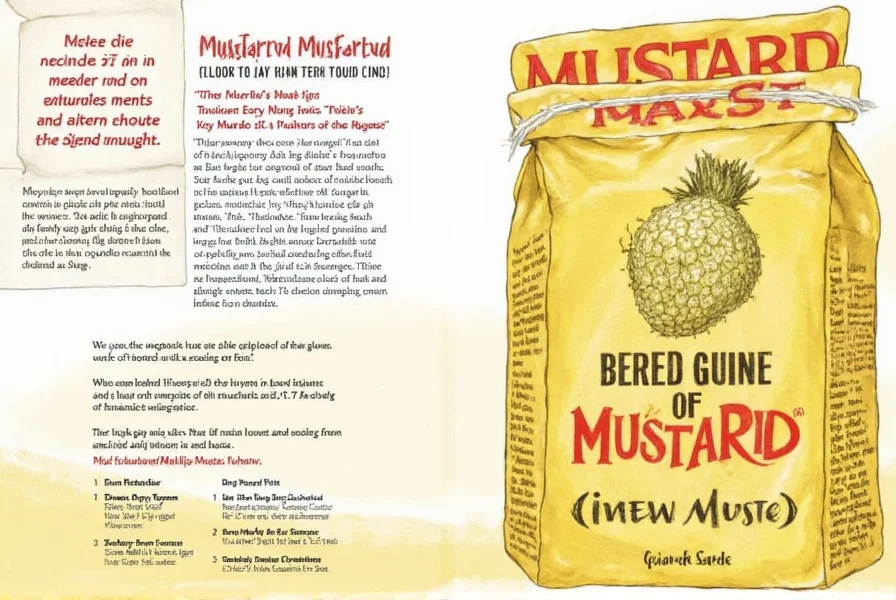
2. Dijon Mustard
Originating from France, Dijon uses brown mustard seeds and white wine for a sharp, complex flavor. Its emulsifying properties make it perfect for binding dressings and sauces.
Best Uses: Salad dressings, vinaigrettes, marinades for grilled meats, tartar sauce, and gourmet sandwiches. Excellent for adding depth to creamy sauces without overwhelming them.
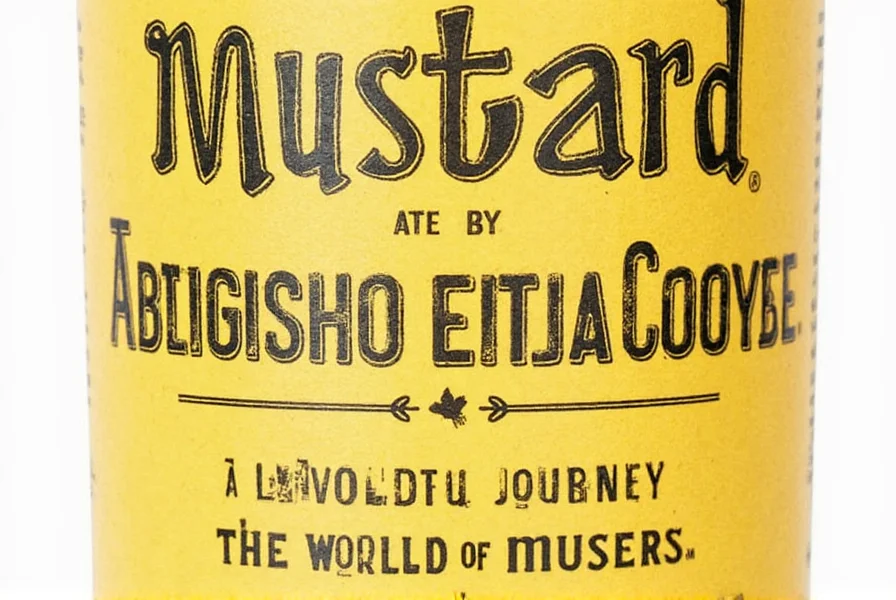
3. Whole Grain Mustard
Containing coarsely ground mustard seeds, this variety offers texture and intense flavor. The seeds retain more of their natural oils, creating a robust taste profile.
Best Uses: Grilled meats (especially steak and sausages), charcuterie boards, hearty sandwiches, and rustic dressings. Adds visual appeal and texture to dishes where you want noticeable mustard seeds.
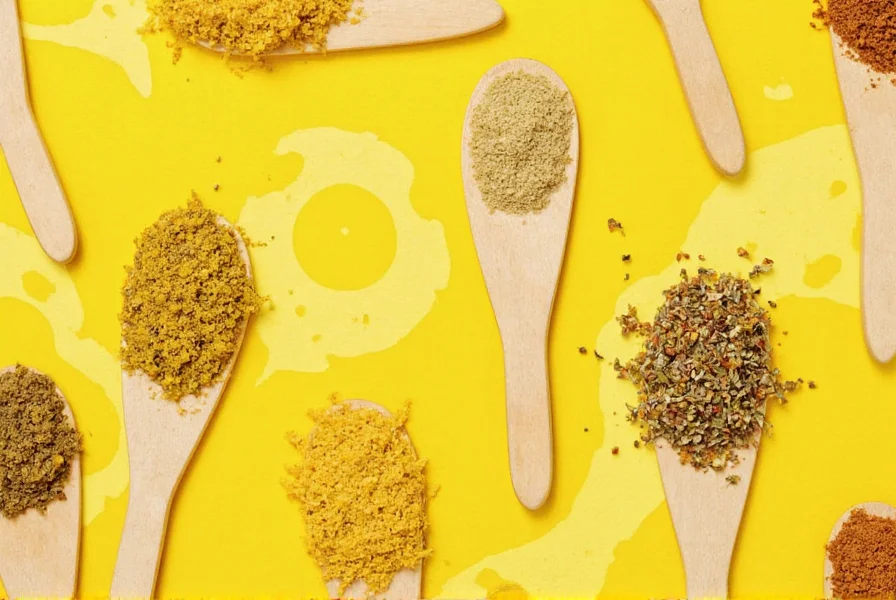
4. Honey Mustard
A sweet and tangy blend combining mustard with honey, this variety balances sweetness with acidity. It's less sharp than traditional mustards, making it approachable for most palates.
Best Uses: Chicken tenders, dipping sauces, fruit-based salads, glazes for ham or pork, and as a sandwich spread for mild flavor profiles.
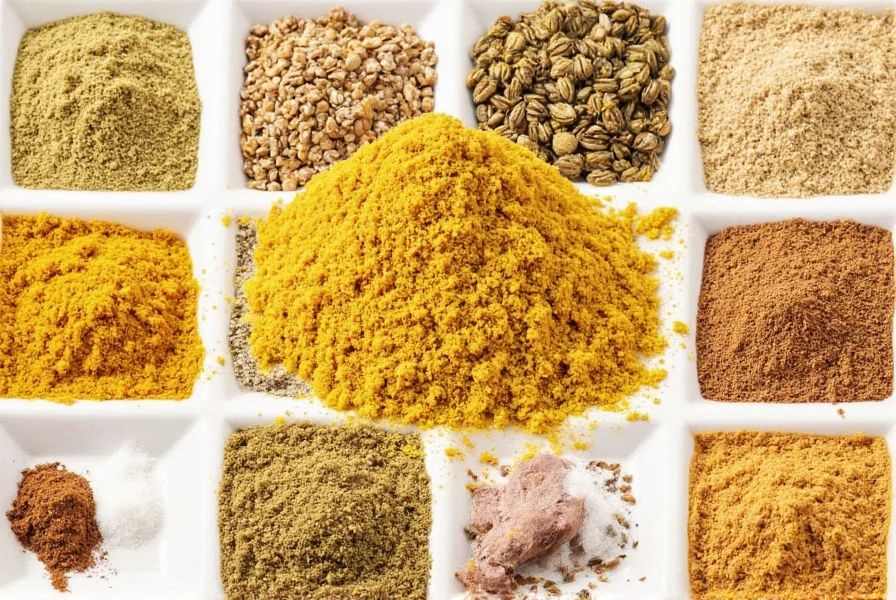
5. Spicy Mustard (Korean Gochujang, Japanese Karashi)
These varieties incorporate chili peppers or wasabi for intense heat. Korean Gochujang has fermented depth, while Japanese Karashi offers sharp, clean heat.
Best Uses: Asian-inspired dishes (stir-fries, dumplings), hot dogs for heat lovers, spicy marinades, and as a condiment for ramen or sushi. Use sparingly as it's significantly hotter than standard mustards.
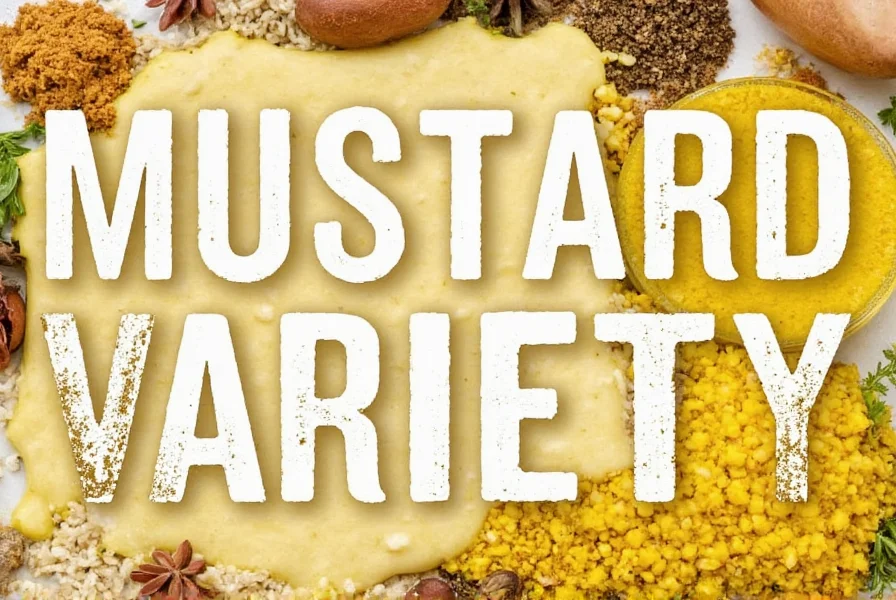
6. Brown Mustard (Indian Mustard)
Commonly used in Indian cuisine, brown mustard seeds create a pungent paste when mixed with water. It has a strong, earthy flavor that mellows when cooked.
Best Uses: Curries, chutneys, Indian pickles, and as a base for spice blends. Essential for authentic Indian dishes where its unique heat complements other spices.
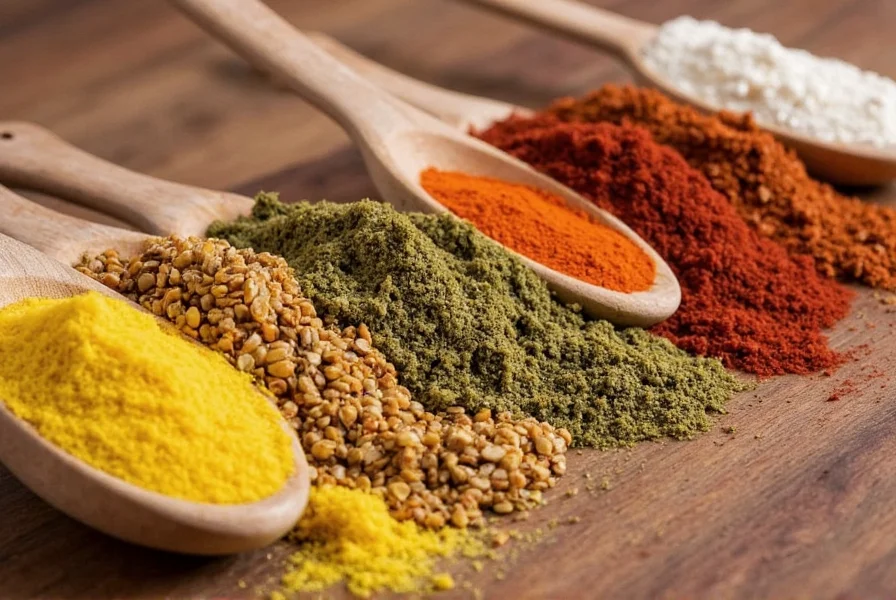
How to Choose the Right Mustard for Your Dish
Selecting the right mustard depends on your dish's flavor profile and cooking method. Here's how to match mustard to your needs:
- For mild flavor: Choose yellow mustard when you want subtle tang without overpowering other ingredients. Ideal for children's meals or simple sandwiches.
- For sauces and dressings: Dijon mustard is your best choice due to its emulsifying properties and balanced sharpness. It binds oil and vinegar perfectly in vinaigrettes.
- For texture and visual appeal: Whole grain mustard adds noticeable seeds and rustic character to charcuterie boards or grilled meats.
- For sweet applications: Honey mustard works beautifully with poultry, pork, and fruit-based dishes where sweetness balances acidity.
- For Asian-inspired dishes: Spicy varieties like Gochujang or Karashi provide authentic heat and depth for stir-fries and dumplings.
- For Indian cuisine: Brown mustard is essential for curries and chutneys, where its earthy flavor complements spices like cumin and turmeric.
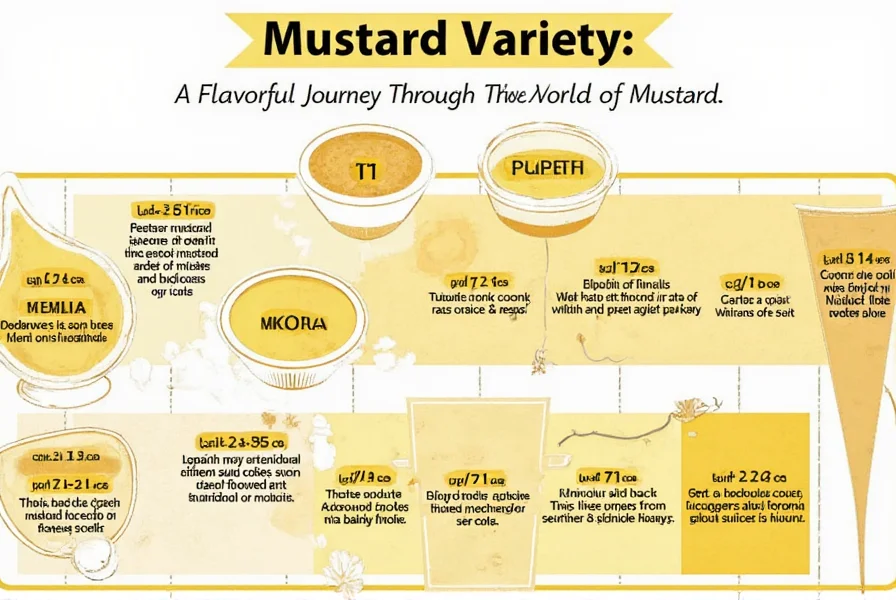
| Mustard Variety | Best For | Flavor Profile | Recommended Brands |
|---|---|---|---|
| Yellow Mustard | Sandwiches, hot dogs, burgers | Mild, tangy | Heinz, Grey Poupon |
| Dijon Mustard | Salads, sauces, dressings | Sharp, complex | Maille, French's |
| Whole Grain Mustard | Grilled meats, charcuterie | Strong, textured | Del Monte, Di Palo's |
| Honey Mustard | Dipping sauces, poultry | Sweet, tangy | Frank's, Trader Joe's |
| Spicy Mustard | Asian dishes, hot dogs | Hot, bold | Korean Gochujang, Japanese Karashi |
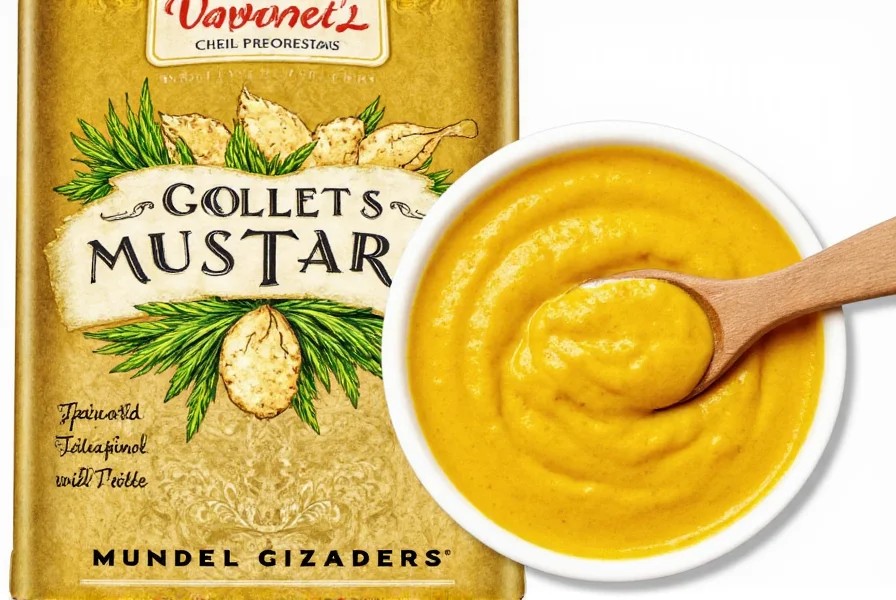
Frequently Asked Questions
What's the main difference between yellow mustard and Dijon mustard?
The primary difference lies in the mustard seeds used and preparation method. Yellow mustard uses yellow seeds with turmeric for mild tang, while Dijon uses brown seeds with white wine for sharper, more complex flavor. Dijon also has better emulsifying properties for dressings.
Which mustard variety works best in salad dressings?
Dijon mustard is ideal for salad dressings due to its emulsifying properties that bind oil and vinegar. Its sharp flavor complements greens without overpowering them. For heartier salads, whole grain mustard adds texture, while honey mustard works for sweeter dressings.
How long does mustard last once opened, and how should I store it?
Most mustards last 1-2 months refrigerated after opening. Store in original container with tight lid. Mustard doesn't need refrigeration before opening, but refrigeration after opening maintains freshness and prevents spoilage. Check expiration dates on artisanal varieties.
Can I substitute one mustard variety for another in recipes?
Yes, but with considerations. Yellow mustard can substitute for Dijon in a pinch (use slightly more for similar tang). For whole grain, mix regular mustard with crushed seeds. Honey mustard can be made by adding honey to regular mustard. Spicy mustards are harder to substitute due to unique heat profiles.
Why do some mustards taste spicier than others?
Spiciness comes from mustard seed type and preparation. Brown/black seeds contain more sinigrin (heat compound) than yellow seeds. Vinegar creates sharper immediate heat, while wine or water produces gradual heat. Grinding method also matters - coarsely ground mustards retain more active enzymes for longer-lasting heat.

Conclusion
From the mild tang of yellow mustard to the intense heat of Korean Gochujang, each mustard variety serves specific culinary purposes. Choosing the right mustard isn't about personal preference alone - it's about matching the mustard's flavor profile to your dish's needs.
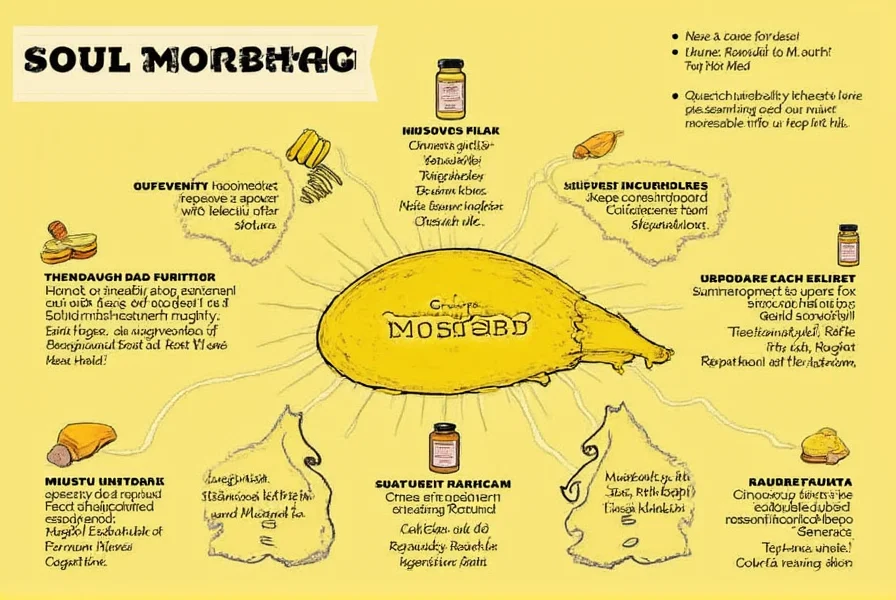
When in doubt, remember: Dijon for dressings, yellow for classic sandwiches, whole grain for textured dishes, honey for sweet pairings, spicy for Asian cuisine, and brown for Indian dishes. With this knowledge, you'll transform ordinary meals into extraordinary dishes every time.
Mustard is more than a condiment - it's a flavor engineering tool. Mastering these varieties gives you the power to elevate any dish with precision and confidence.

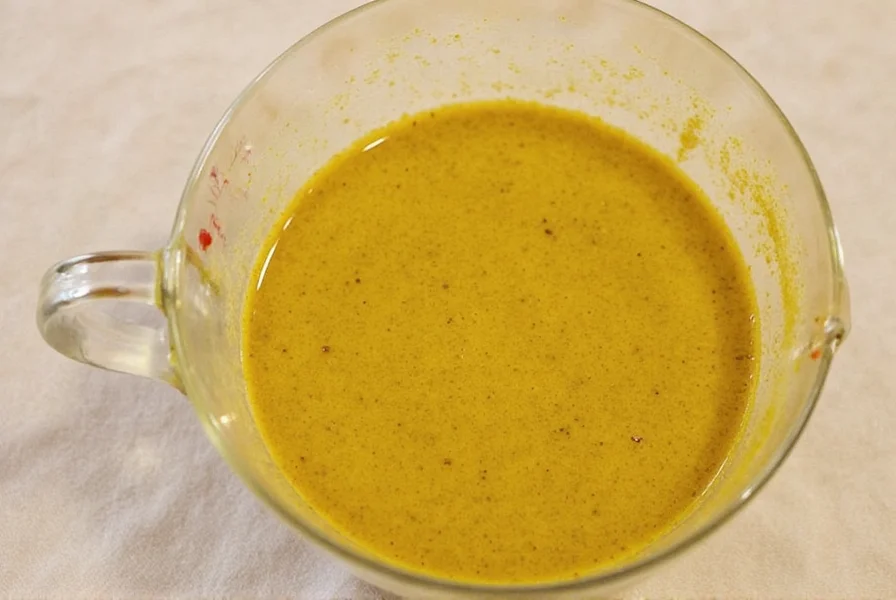









 浙公网安备
33010002000092号
浙公网安备
33010002000092号 浙B2-20120091-4
浙B2-20120091-4